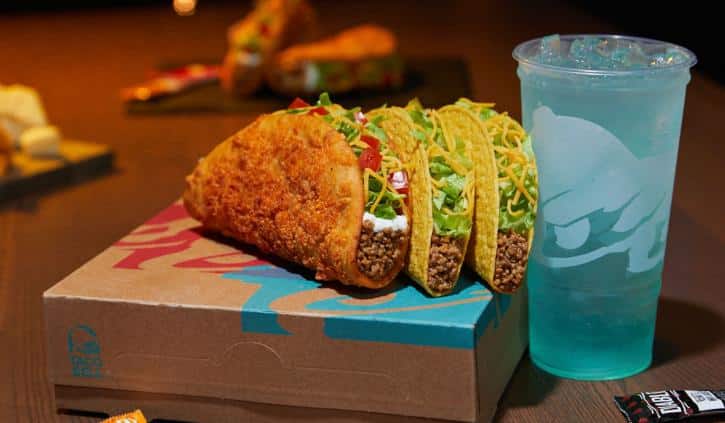
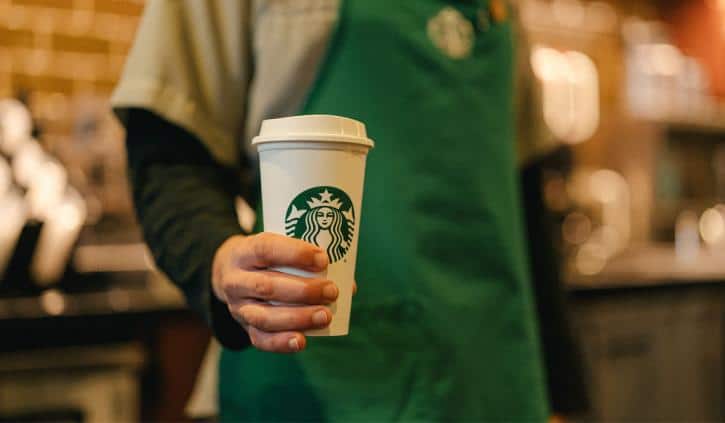
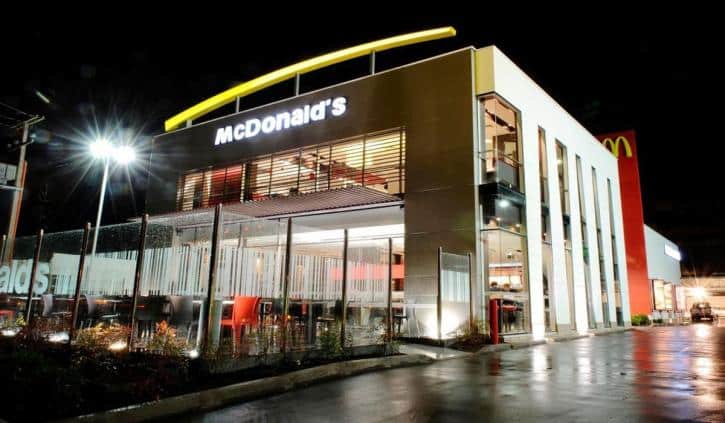
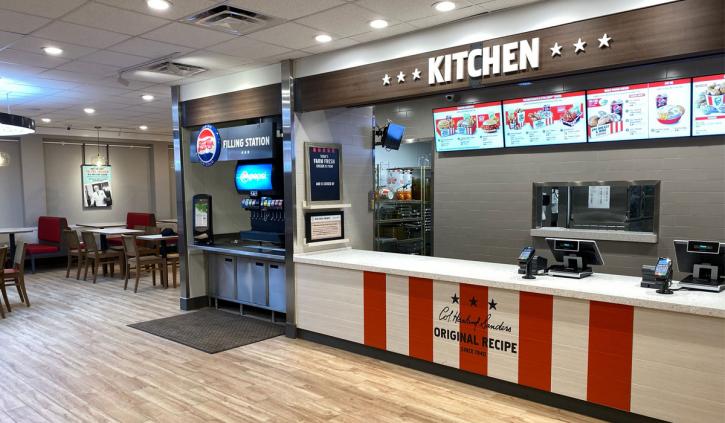
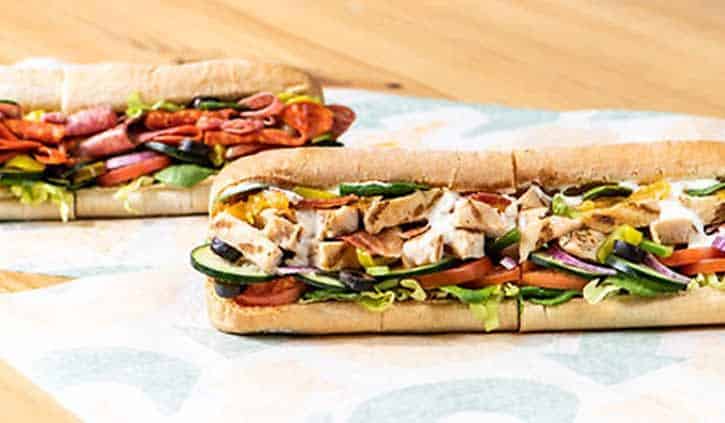
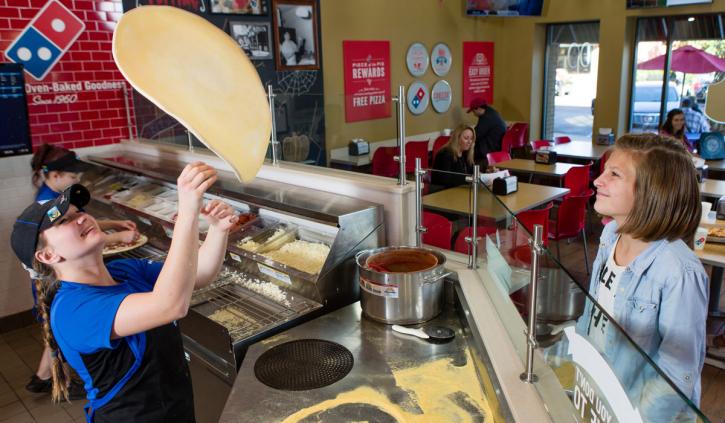
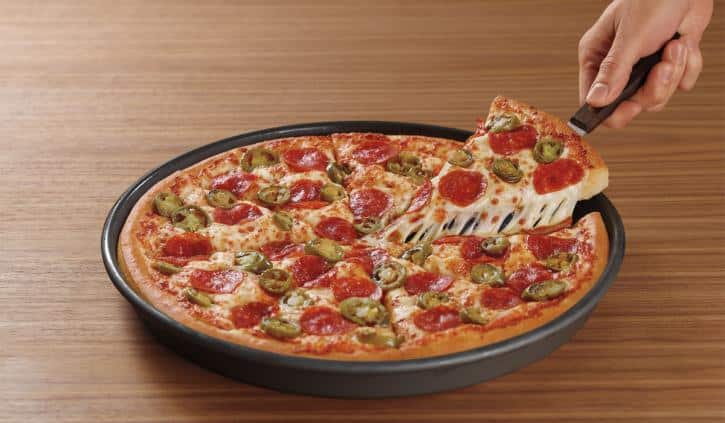
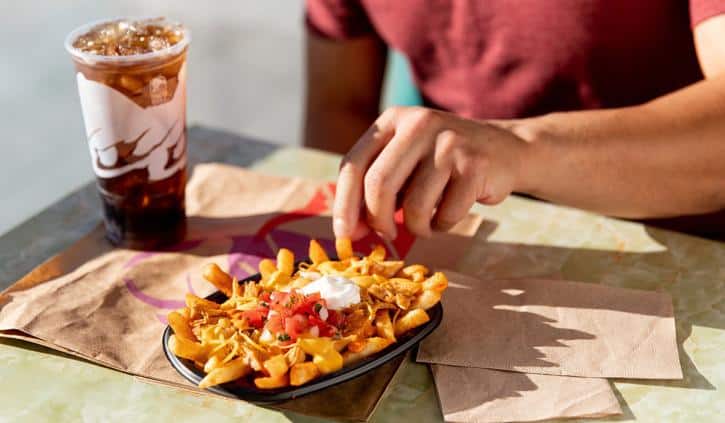
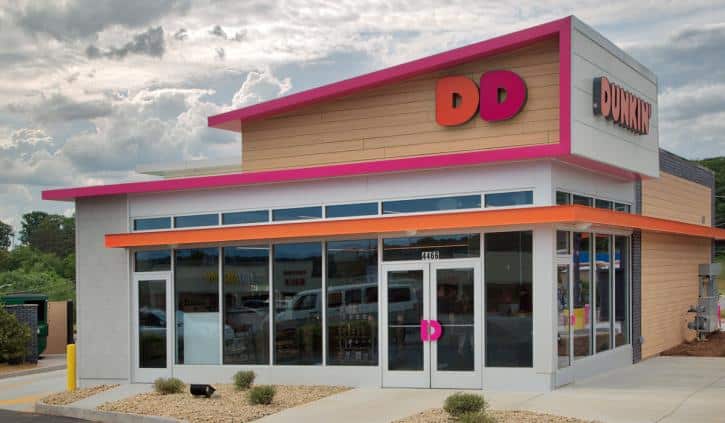
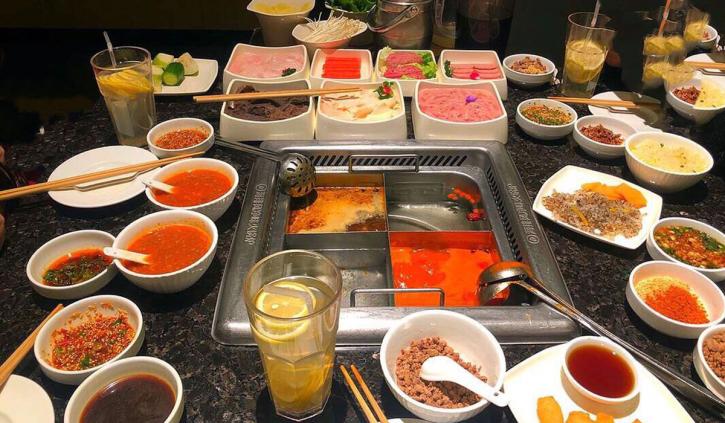
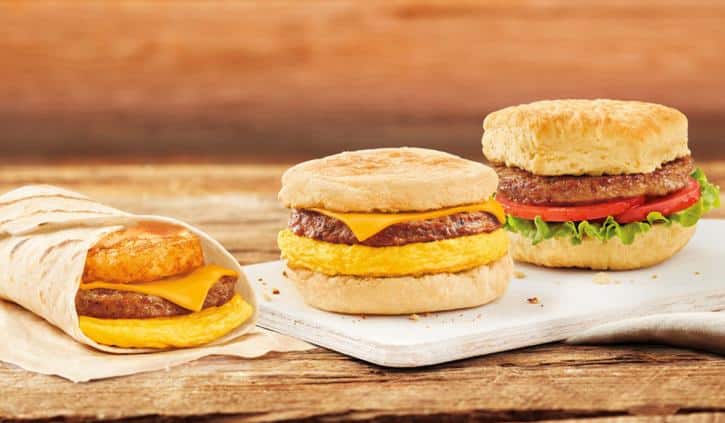
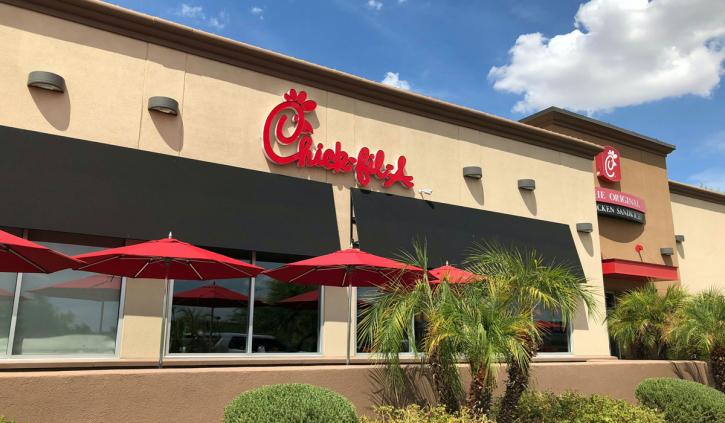
A changing landscape
David Portalatin, food industry adviser with The NPD Group, says the restaurant industry has reached a new evolutionary phase: the divergence of quick- and full-service restaurants.
Like many COVID-19 observations, this didn’t materialize out of thin air. Well before social distancing was a strange, very real way of life, consumer behavior started to push restaurants toward off-premises expansion and convenience.
Portalatin believes two things happened since. The first, he says, is quick-service chains doubled down on off-premises strengths with streamlined menus optimized for volume and efficiency, and expanded drive-thru capacity with reconfigured traffic flow and added lanes. Chick-fil-A has put on a clinic in this.
It’s one of the essential reasons why quick-service transactions improved by 4 points in the week ending July 5 compared to the same period a year ago. The number now: Just negative 9 percent, meaning the industry’s major chains, on average, are back to 91 percent of their pre-pandemic sales. Full service declined 5 points to negative 30 percent—a reflection of states’ recent dine-in pause or reversion to lower capacity limits thanks to case surges.
Quick-serves, meanwhile, continue to improve, NPD said, reopenings or not, and will remain insulated from abrupt changes, like California’s Monday call to close all indoor dining. “Given this new off-premise capacity, many quick-service chain operators have found the incremental cost of opening a dining room to be greater than any incremental margin dollars they might gain and are remaining closed even when governing bodies allow reopening,” NPD said.
Broadly speaking, full-service performance is at the mercy of government regulation and the persistence of COVID-19. “These restaurants can employ similar tactics as quick-serves, like streamlined menus, temporary drive-thrus made of pop-up canopies, and traffic cones, but none of these tactics play to the inherent strengths of these restaurants,” NPD said.
Another thing to consider: Many full-service operators will need to (or have already) dismantle some of their temporary off-premises infrastructure so guests can park and/or wait for their table in a socially distant manner. Labor has to be redirected to the front of the house and staffing levels in general are tougher to predict. It’s a small sample of how challenging closing, reopening, closing, and then reopening again really is. It’s not the same battle for counter-service brands, as evidenced by the fact the sector’s bottom was roughly half of what full-service’s was at the pandemic’s worst (negative 40 versus 80 percent). Fast-food chains also enjoy the ability to leverage digital apps as an accelerant as well as provide a contactless experience.
Again, to NPD’s point, while full-service chains can do the same, it’s not embedded in their DNA to the same extent. It’s a catch-up tech game instead of a doubling-down one.
But everything is relative. Brand Finance Thursday released its latest Most Valuable Restaurant Brands report, something it’s done since 2015. All but six of the top 25 chains are counter service (Haidilao, Olive Garden, Texas Roadhouse, Wetherspoons, Chili’s, and Cracker Barrel being the exceptions).
And yet still, the company’s analysis shows a massive drop in value across the restaurant sector from 2019 to 2020. Part of this can be credited to the international piece. Many quick-serves, like Domino’s and McDonald’s, have fared a lot better stateside than globally, where some of the lockdown restrictions were harsher (McDonald’s had to close all of its U.K. restaurants at one point).
Brand Finance, which assessed the COVID-19 impact based on the effect on enterprise value compared to what it was January 1, said the globe’s top 25 restaurant brands could lose up to $33 billion from the pandemic, or a potential 20 percent loss in brand value.
“It is no surprise that the restaurant sector has borne the brunt of the global coronavirus lockdown, with closures destroying sales and social distancing measures changing the way in which customers dine for the foreseeable future,” Richard Haigh, managing director at Brand Finance, said in a statement. “With consumer habits changing toward delivery and collection, it is yet to be seen how the industry will look in the coming year. More dynamic brands that respond and transform in response to this shift, should record a more positive movement in their brand value than those that are slow or reluctant to change.”
Here’s a look at the top 10 restaurant brands in the study, and where they measure against last year.
Methodology: Brand Finance calculates the values of the brands using the Royalty Relief approach—a brand valuation method compliant with the industry standards set in ISO 10668. This involves estimating the likely future revenues that are attributable to a brand by calculating a royalty rate that would be charged for its use, to arrive at a “brand value” understood as a net economic benefit that a licensor would achieve by licensing the brand in the open market. More on the data.
1. Starbucks
2020 brand value: $41,043 (in millions, or $41 billion)
2019: $39,269
Year-over-year difference: 4.5 percent
2018: $32,421
2017: $25,615
2. McDonald’s
2020 brand value: $37,449 (in millions, or $37.5 billion)
2019: $31,487
Year-over-year difference: 18.9 percent
2018: $24,872
2017: $20,291
Note: In addition to measuring overall brand value, Brand Finance also evaluated the relative strength of brands based on factors such as marketing investment, customer familiarity, staff satisfaction, and corporate reputation. By these measures, McDonald’s topped the list with a score of 87.9 out of 100.
The rest of that list:
McDonald’s: 87.9 (90.3 in 2019)
Starbucks: 82.5 (86.2 in 2019)
Tim Hortons: 82 (83.3 in 2019)
Costa: 81.4 (87.8 in 2019)
Haidilao: 80.9 (63.1 in 2019)
3. KFC
2020 brand value: $17,105 (in millions, or $17.1 billion)
2019: $13,472
Year-over-year difference: 27 percent
2018: $8,049
2017: $6,155
4. Subway
2020 brand value: $7,998 (in millions, or $8 billion)
2019: $7,767
Year-over-year difference: 3 percent
2018: $8,083
2017: $8,400
5. Domino’s
2020 brand value: $5,676 (in millions, or $5.7 billion)
2019: $6,439
Year-over-year difference: –11.9 percent
2018: $4,846
2017: $3,983
6. Pizza Hut
2020 brand value: $5,434 (in millions, or $5.4 billion)
2019: $5,359
Year-over-year difference: 1.4 percent
2018: $3,101
2017: $3,295
7. Taco Bell
2020 brand value: $5,419 (in millions, or $5.4 billion)
2019: $3,336
Year-over-year difference: 62.4 percent
2018/2017: N/A (ranked outside the top 10)
8. Dunkin’
2020 brand value: $5,214
2019: $4,631
Year-over-year change: 12.6 percent
2018: $2,677
2017: $3,295
9. Haidilao
2020 brand value: $4,704
2019: $1,997
Year-over-year difference: 135.6 percent
Note: The hot pot restaurant jumped six spots this year and serves more than 100 million customers a year. More than 300 locations opened globally last year as the company’s looks to 1,000 units worldwide by the end of 2020.
10. Tim Hortons
2020 brand value: $4,439
2019: $5,514
Year-over-year difference: –19.5 percent
2018: $5,033
2017: $4,108
The rest of the Top 25
Here is 11–25 in order:
11. Burger King
12. Wendy’s
13. Chick-fil-A
14. Chipotle
15. Panera Bread
16. Costa Coffee
17. Olive Garden
18. Jollibee
19. Texas Roadhouse
20. Chili’s
21. Wetherspoons
22. Sonic Drive-In
23. Jack in the Box
24. Popeyes
25. Unilever
Note: Three new brands entered this year’s rankings: Chick-fil-A (brand value of $3.5 billion), Wetherspoons ($1 billion), and Popeyes ($898 million). Wetherspoons is a 40-year-old brand that has more than 900 pubs and hotels across the U.K.





